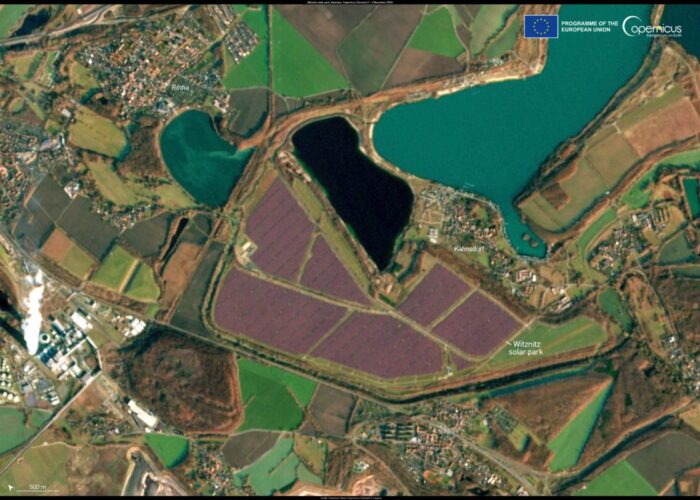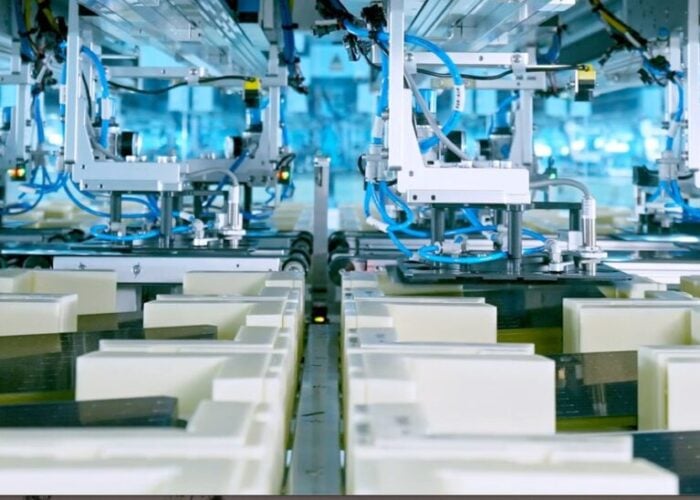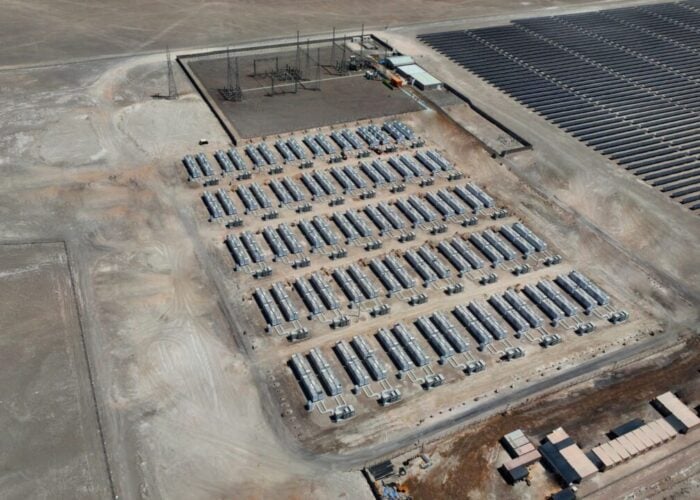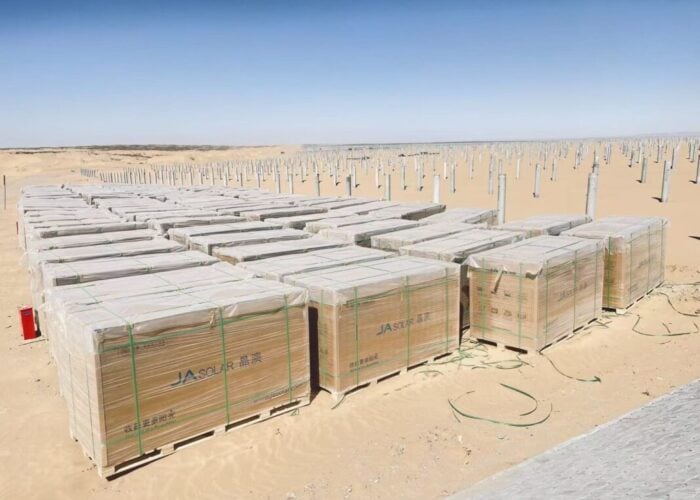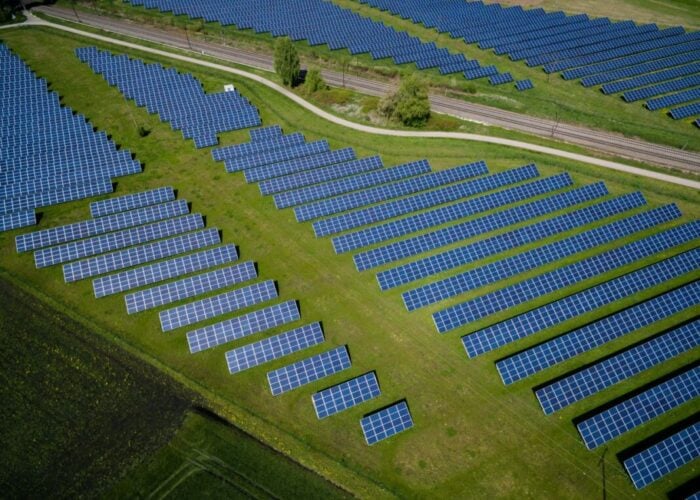Konica Minolta Sensing Americas has introduced the AK-300 PV Reference Cell, which is claimed to be the world's first for dye-sensitized solar cells. The AK-300 was developed in conjunction with the National Institute of Advanced Industrial Science and Technology (AIST) and utilized Konica Minolta Sensing’s advanced optical filter technology. The reference cell has been designed using an optical filter mounted on a stable crystalline silicon solar cell rather than using traditional dye materials.
Problem
Unlock unlimited access for 12 whole months of distinctive global analysis
Photovoltaics International is now included.
- Regular insight and analysis of the industry’s biggest developments
- In-depth interviews with the industry’s leading figures
- Unlimited digital access to the PV Tech Power journal catalogue
- Unlimited digital access to the Photovoltaics International journal catalogue
- Access to more than 1,000 technical papers
- Discounts on Solar Media’s portfolio of events, in-person and virtual
Or continue reading this article for free
Spectral mismatch, which had been a major problem with conventional cells, can be suppressed to 1% or less even when evaluating solar cell performance using JIS C-8942 Class C solar simulators.
Solution
The AK-300 is a completely integrated cell with connectors for I-V measurement as well as temperature measurement. The built-in temperature sensor can be connected to a commercially available temperature controlled stage to achieve and maintain the standard test condition of 25°C. Also included are the short-circuit current (Isc) values used for solar simulator adjustment. In general, reference standard cells using optical filters have low durability against exposure to light, resulting in changes in characteristics due to continuous exposure to solar simulator light. AK Series Reference Cells have a high durability against exposure to light, greatly reducing solarization (changes in characteristics due to the effects of light exposure) and ensuring stability even when used over a long period of time. Errors in short-circuit current (Isc) due to multiple reflection is greatly reduced. Improvements in the optical structure suppress multiple reflections and reduce the 1.3% error of conventional products to 0.0%.
Applications
The AK-300 can be used as a standalone reference for DSC/DSSC type cells.
Platform
All AK series Reference PV Cells come ready to use right out of the box with a PT-100 temperature sensor and a test report of short circuit current (Isc). They can also be delivered with calibration traceable to AIST.
Availability
April 2012 onwards.

